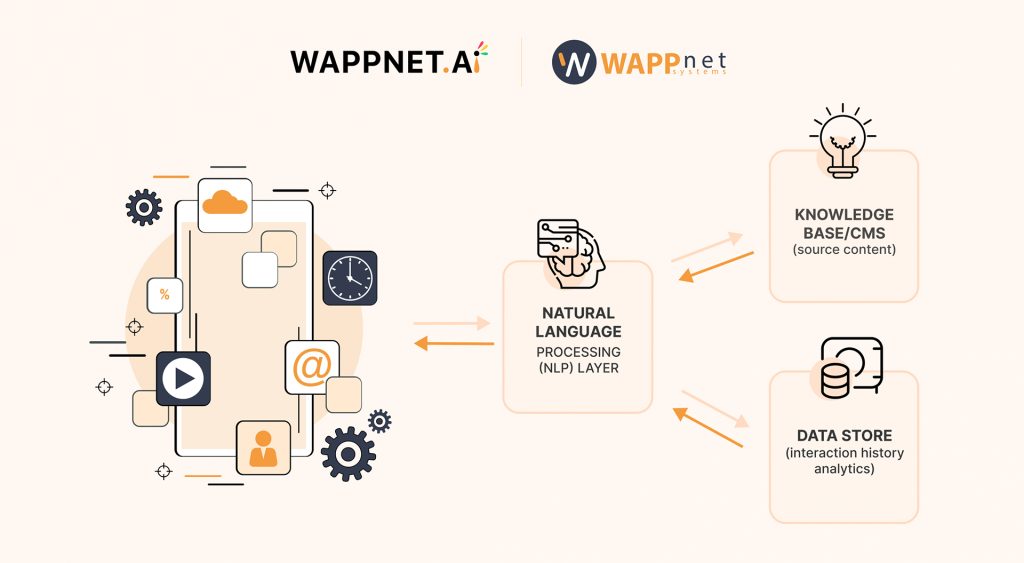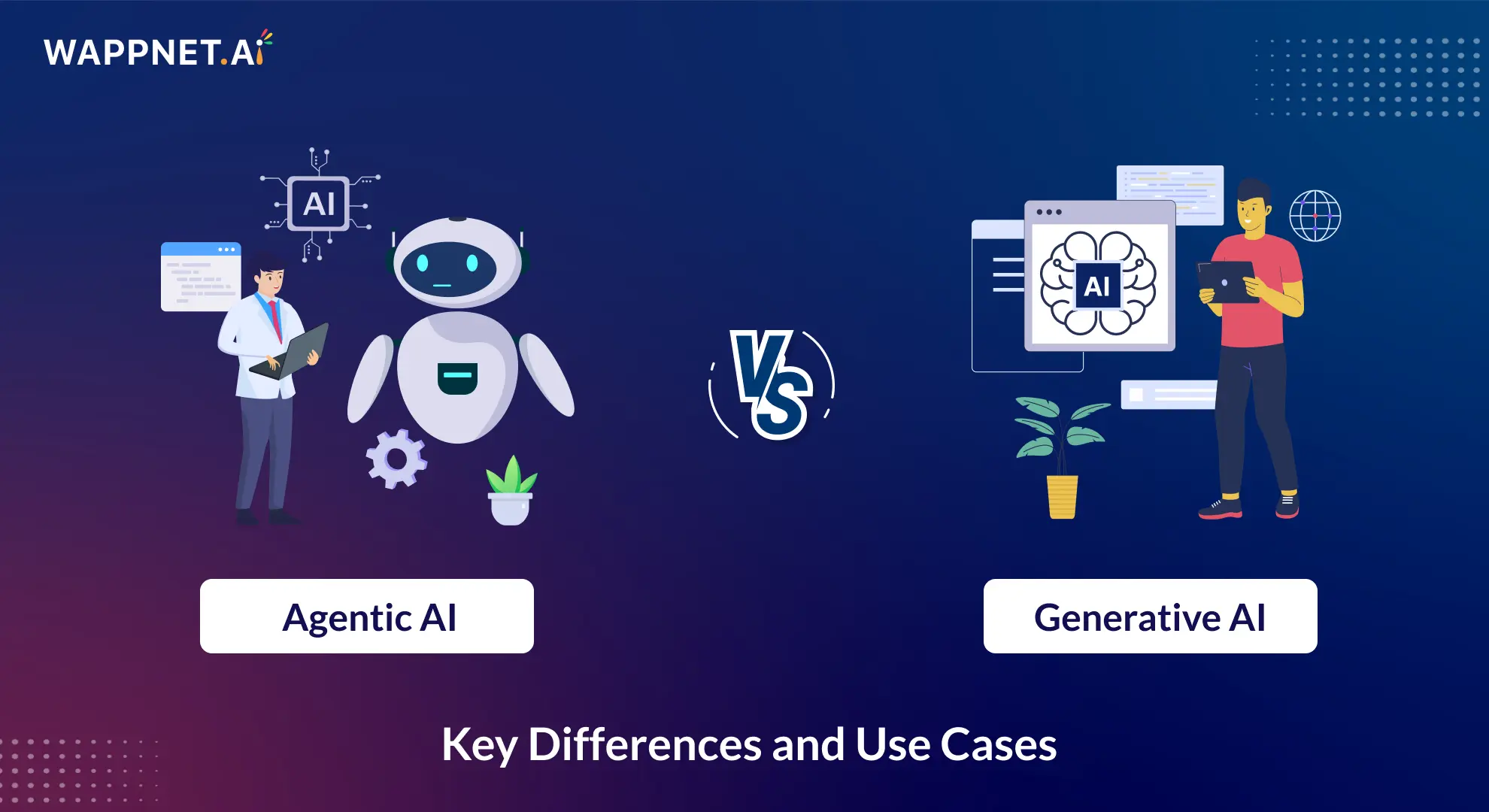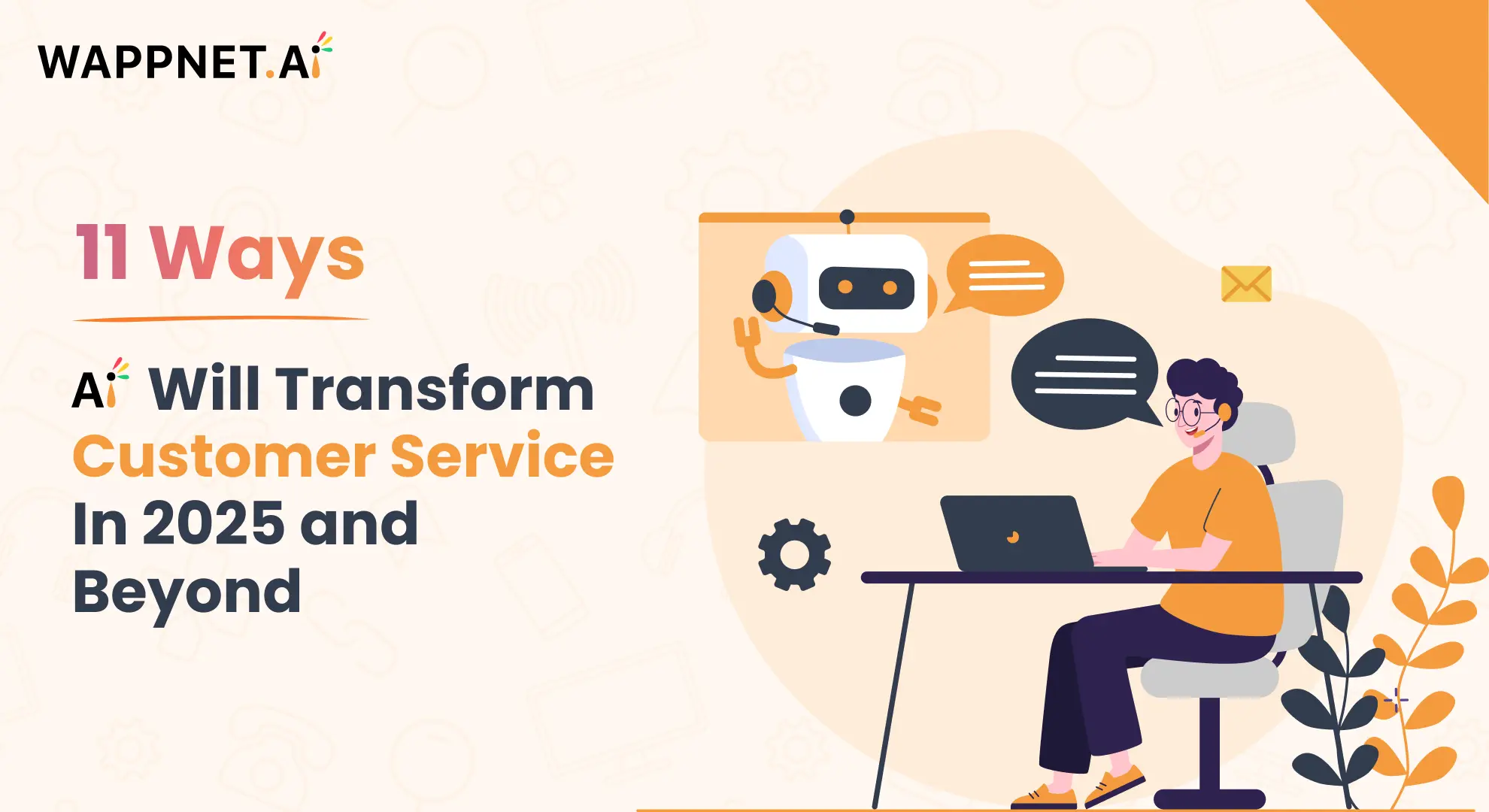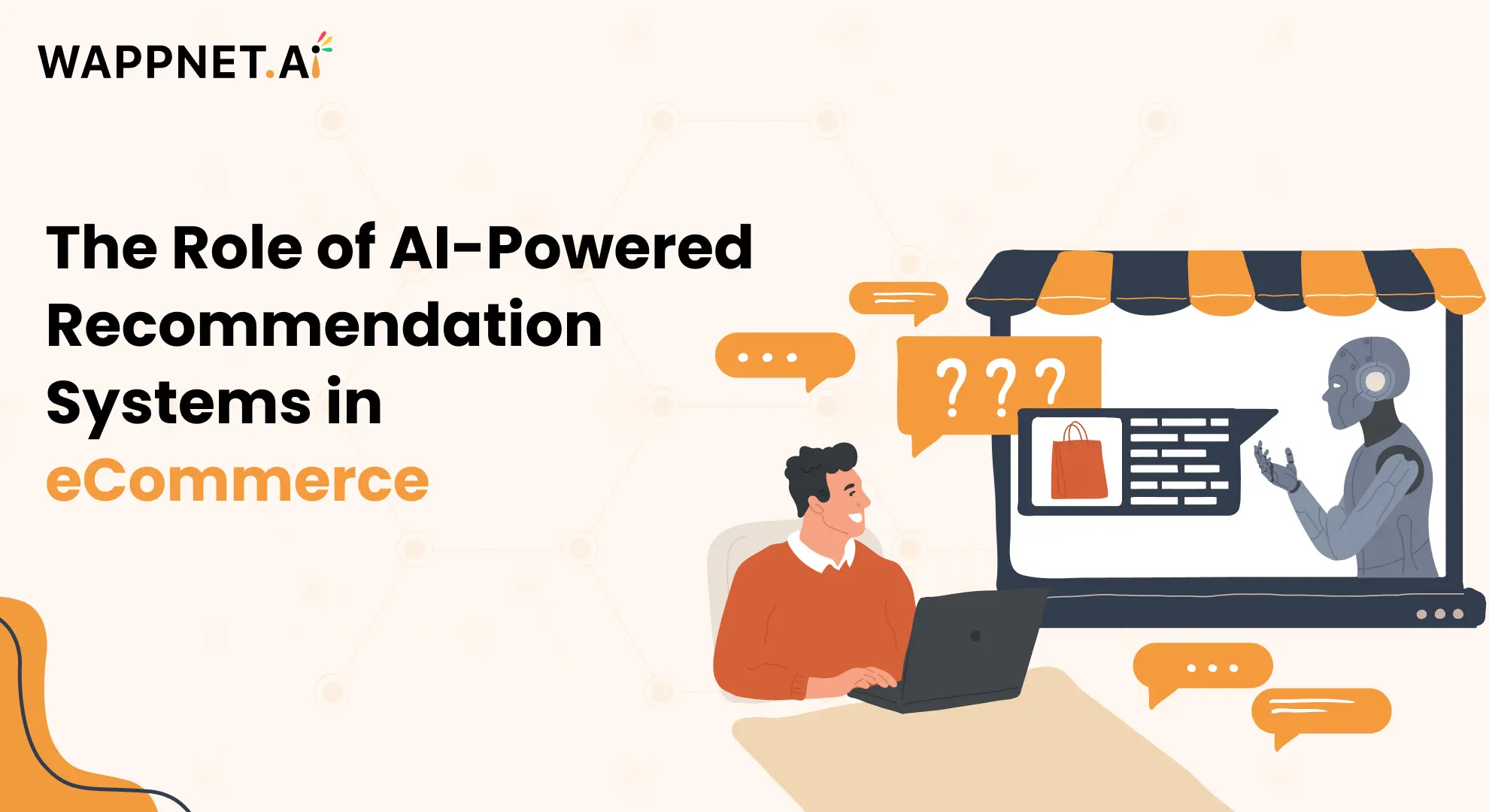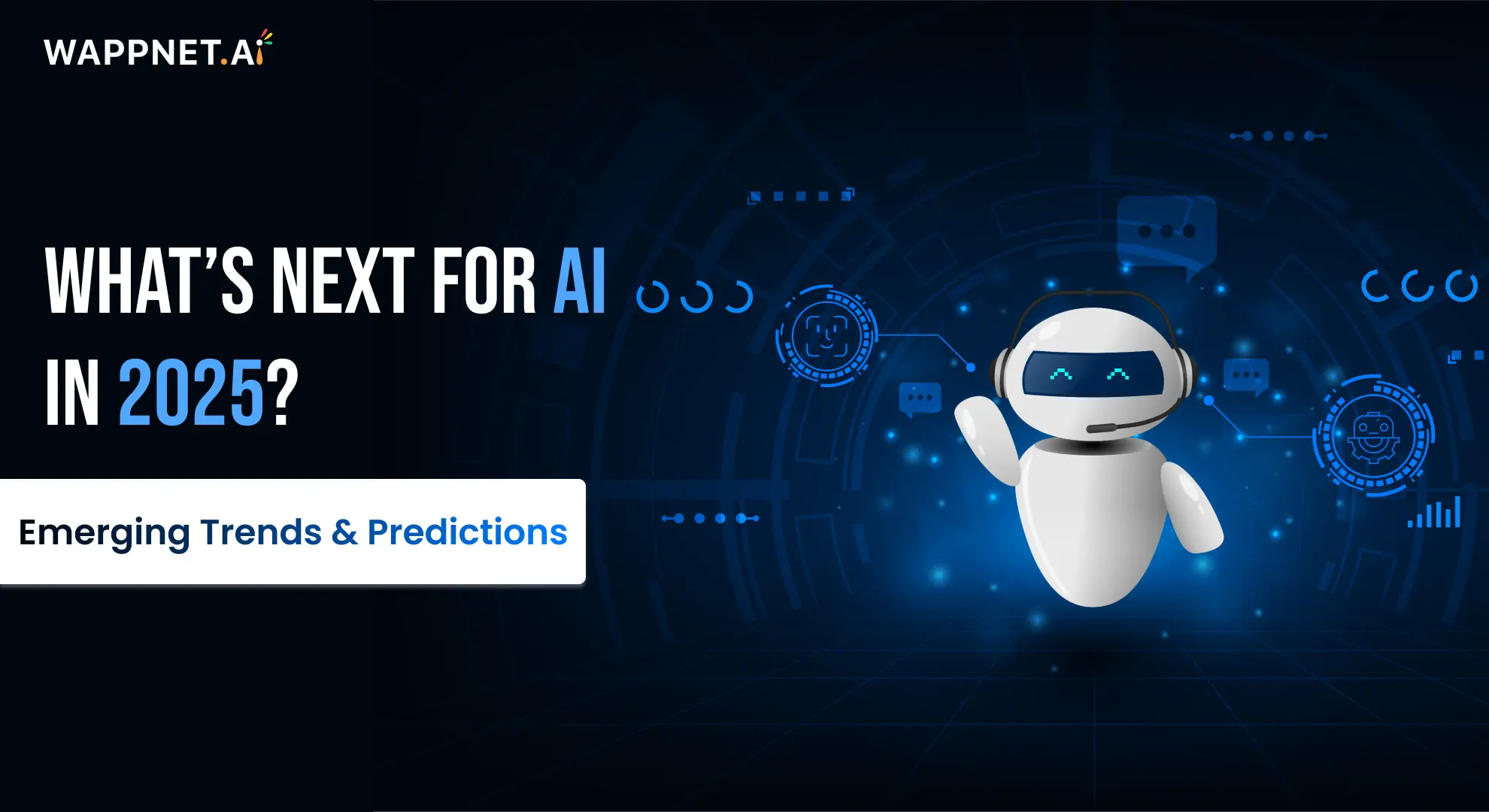| Deliver multilingual support |
Chatbots can interact with customers in multiple languages, expanding market reach and enhancing customer inclusivity. |
Customers can receive support in their preferred language, enhancing accessibility and comfort. |
| Ensure more consistent support |
Chatbots provide uniform responses to frequently asked questions, ensuring consistency in customer interactions. |
Customers experience reliable and predictable support, fostering trust. |
| Offer convenient self-service options |
Chatbots enable customers to solve issues and find information quickly without human intervention, reducing wait times. |
Customers enjoy quick, on-demand access to information and services at any time. |
| Provide proactive customer service |
Chatbots can initiate conversations based on user behavior and history, offering personalized recommendations and support. |
Customers receive timely and relevant assistance, enhancing satisfaction. |
| Deliver omnichannel support |
Chatbots integrate seamlessly across various platforms, providing a cohesive experience across all customer touchpoints. |
Customers can interact with services through their preferred platforms without losing context. |
| Improve service with every interaction |
Chatbots learn from each interaction, continuously improving their responses and service quality. |
Each interaction is smoother and more tailored to individual needs. |
| Collect customer feedback |
Chatbots can automatically gather feedback during interactions, providing valuable insights to improve services. |
Customers can easily provide feedback, influencing future improvements. |
| Reduce customer requests |
By handling common inquiries, chatbots reduce the volume of requests needing human support. |
Customers face shorter wait times and less crowded service channels. |
| Detect customer intent for added context |
Chatbots can analyze the context of customer inquiries, allowing for more relevant and targeted responses. |
Customers receive more accurate and useful responses to their queries. |
| Boost customer engagement |
Customized chatbots can interact more deeply with customers, understanding and responding to individual preferences. |
Personalized interactions make customers feel valued and understood. |
| Streamline service with routing and triage |
Chatbots can direct complex queries to the appropriate human agent, optimizing the handling process. |
Customers are quickly connected to the right expert for complex issues. |
| Boost sales |
Chatbots can promote products or services contextually during interactions, increasing conversion rates. |
Customers discover products and services that meet their immediate needs. |
| Increase lead generation |
Chatbots can identify potential leads through interactions and direct them appropriately, enhancing marketing effectiveness. |
Potential customers can explore services and products in an engaging manner. |
| Enhance conversational commerce and marketing |
Chatbots facilitate transactions directly within the chat interface, making buying processes more interactive. |
Customers enjoy a seamless, integrated shopping experience within the conversation. |
| Streamline the checkout process for higher conversions |
Chatbots simplify the checkout process, reducing abandonment rates and increasing conversions. |
Customers experience a faster, easier checkout process. |
| Improve agent training and onboarding |
Chatbots can assist in training new agents by providing real-time information and prompts during customer interactions. |
This indirect benefit ensures customers interact with well-trained agents. |
| Lower employee churn |
By handling routine queries, chatbots alleviate workload on human agents, potentially reducing burnout and turnover. |
Well-supported service agents contribute to a better overall customer service experience. |
| Reduce business costs |
Chatbots reduce the need for a large customer support staff, significantly lowering operational costs. |
Cost efficiencies can translate into better service and possibly lower prices for customers. |
| Serve more customers at scale |
Chatbots can handle thousands of interactions simultaneously, allowing businesses to scale up customer support efficiently. |
More customers receive prompt service without a decline in quality due to high volume. |

